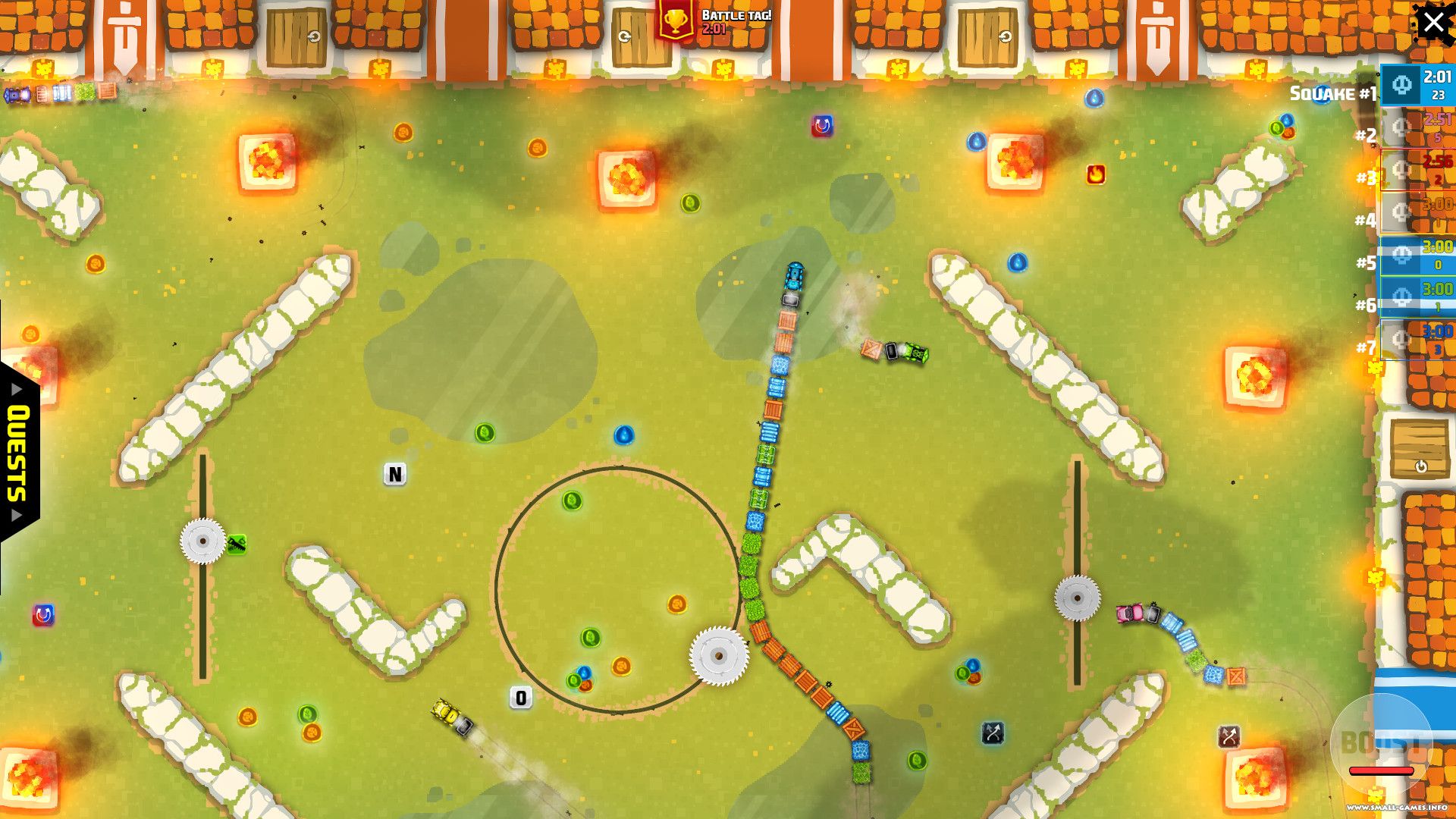

This type of camouflage is called warning coloration or aposematism. Other species use coloration tactics that highlight rather than hide their identity. Eyespots may confuse predators such as birds and misdirect them from the soft, vulnerable part of the butterfly’s body. These patterns, called eyespots, resemble the eyes of animals much larger than the butterfly, such as owls. Many butterflies have large, circular patterns on the upper part of their wings. This form of visual disruption causes predators to mis identify what they are looking at. In disruptive coloration, the identity and location of a species may be disguised through a coloration pattern. Another camouflage tactic is disruptive coloration. The insect even sways from side to side as it walks, to better mimic the swaying of a leaf in the breeze. Patterns on the edge of the walking leaf’s body resemble bite marks left by caterpillars in leaves. These two insects, both native to southeast Asia, look and act like their namesakes. More complex forms of background matching include the camouflage of the walking stick and walking leaf. Fish such as flounder almost exactly match their speckled seafloor habitats.

In its simplest form, animals such as deer and squirrels resemble the “earth tones” of their surroundings. In background matching, a species conceals itself by resembling its surroundings in coloration, form, or movement. Background matching is perhaps the most common camouflage tactic. Mimicry is when one organism looks or acts like an object or another organism. Some of these tactics, such as background matching and disruptive coloration, are forms of mimicry. Camouflage Tactics Environmental and behavioral factors cause species to employ a wide variety of camouflage tactics. Zebras’ black-and-white camouflage does not need to blend in to their habitat, the golden savanna of central Africa. Lions, the main predator of zebras, are color-blind.

If the predator is color-blind, for example, the prey species will not need to match the color of its surroundings. A species’ camouflage is also influenced by the behavior or characteristics of its predators. When clustered together, it is nearly impossible to tell one zebra from another, making it difficult for predators such as lions to stalk an individual animal. However, zebras are social animals, meaning they live and migrate in large groups called herds. The stripes on a zebra, for instance, make it stand out. Animals that live in groups differ from those that are solitary. The behavior of a species is also important. The arctic fox, for example, has a white coat in the winter, while its summer coat is brown. Animals with fur are more often camouflaged by season. Fur, on the other hand, can take weeks or even months to grow in. Feathers and scales can be shed and changed fairly regularly and quickly. Animals with fur rely on different camouflage tactics than those with feathers or scales, for instance. The physical characteristics of the organism are important. A species’ camouflage depends on several factors. This allows prey to avoid predators, and for predators to sneak up on prey. Organisms use camouflage to mask their location, identity, and movement. Camouflage, also called cryptic coloration, is a defense or tactic that organisms use to disguise their appearance, usually to blend in with their surroundings.


 0 kommentar(er)
0 kommentar(er)
